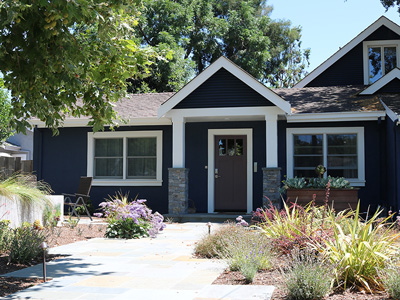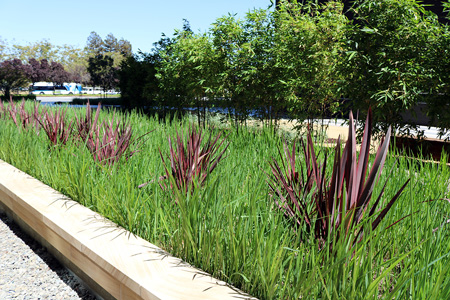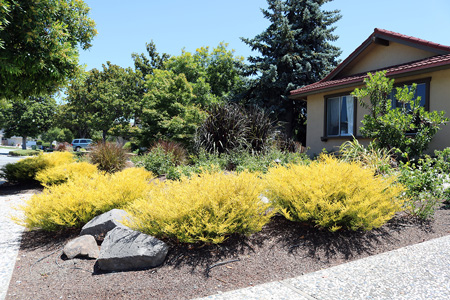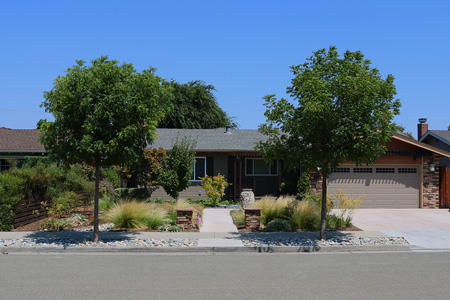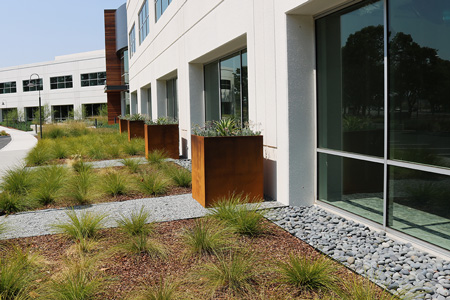The Seven Principles of Design
The instructions and concepts
The principles of design are guidelines that can be used to help move the generalities of landscaping ideas to specifics. It involves seven traits that, when given proper consideration, will allow any design to be unified, cohesive and beautiful. These principles will also affect how the design feels, flows and works.
These principles have no specific order or hierarchy. They can each be critical or not apply at all, depending on the situation. They are general themes and easy to comprehend. Once understood and applied, their impact will vastly improve any sustainable landscape design.
SIMPLICITY
Elements that do not provide improvement or impact on the design can be omitted. Prioritize what is important and what is not in order to keep the design clean, neat and uncluttered.
A simple, well-defined design is one that will be easier to maintain and increase functionality.

VARIETY
Shape, size and form selections should be diverse in order to create visual interest. However, do not forfeit simplicity merely to create varied combinations.

BALANCE
Everything that is placed in a design will carry a certain visual weight with it. Balance is the concept of ensuring the weight feels even throughout the plan.
A plan with formal balance will have both sides mirroring each other, while informal balance refers to equal but not matching. Both can work well.

EMPHASIS
Accentuating parts of the design using texture, form or color will provide interest and lead the eye through the design, however, too much emphasis will feel chaotic.
Specimen areas are best standing alone. Accent areas are meant to stand out, but within the context of a larger design. Key plants can help to deemphasize or soften architectural features.

SEQUENCE
Sequence refers to how transitions in the elements of plant size, shape and texture are used. Gradual changes of one element at a time offer a smooth, appealing sequence.
Abrupt changes from a tall plant to a short one or a fine-textured plant to a rough one do not work well.

SCALE / PROPORTION
The size of the components in a landscape is scale and how they relate to each other is proportion. The size of your landscape and the items in it should all be balanced. A wall or tree that is significantly larger that everything else will pull the eye away from the rest of the garden.

UNITY
Unity is the concept that everything works together. Interconnection is gaining unity by using connections such as paths, walkways, stairs and fences to physically link areas.
Repetition is when an aspect of design is unifying because it occurs in several areas. Repetition can be helpful but take care not to overuse it. Dominance is when other areas appear to unify in support a single focal point, perhaps a large tree.





